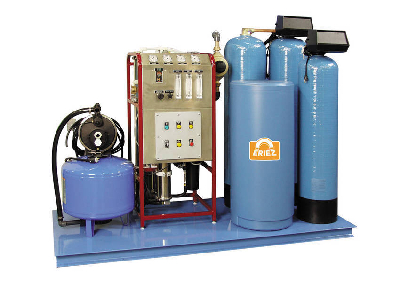| |
|
R.O.
WITH PRE-FILTER |
| |
|
|
|
|

There are two methods of
dialysis. These are :
Haemodialysis, in which dialysis is done outside the body of patients
(like an artificial kidney)
Peritoneal dialysis, in which dialys is is done inside the patient's
body, |
Renal failure is a
condition in which the kidneys are unable to perform their normal
function of excreting wastes, removing toxins and balancing internal
chemical environment of the body. The main causes of renal failure are
: |
| |
• |
Thin Film Composite
Membranes |
|
|
| |
• |
FRP XSS High Pressure
R.O. Housing |
|
|
| |
• |
Multi Staged Booster Pump |
|
|
| |
• |
Cartridge Pre-Filter |
|
|
| |
• |
Metered Control System : |
|
|
• |
Urinary tract infection |
| |
|
• |
Automatic
Operation |
|
|
• |
Diabetes |
| |
|
• |
Periodically
Auto Membrane Flush |
|
|
• |
Poor quality of water |
| |
|
• |
Monitoring
Unit of Water Quality |
|
|
• |
High blood presuure |
| |
|
• |
Clean-In-Place Unit |
|
|
|
| |
|
• |
Safety
Protection on Pumps |
|
|
In the event of renal
failure, toxins from the body can be removed through dialysis.
Dialysis is a process by which selective diffusion of solutes through
membranes. I permits diffusion of low molecular weight solutes, but
prevents passage of colloidal & high molecular width solutes from
body. |
| |
|
• |
Permeate &
Concentrate Indicators |
|
|
| |
|
• |
Safety
Protection on Pumps |
|
|
| |
|
• |
Chemical
Injection Systems |
|
|
| |
|
|
|
|
|
| |
|